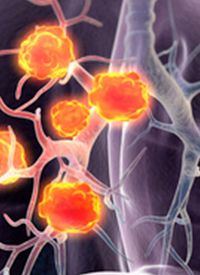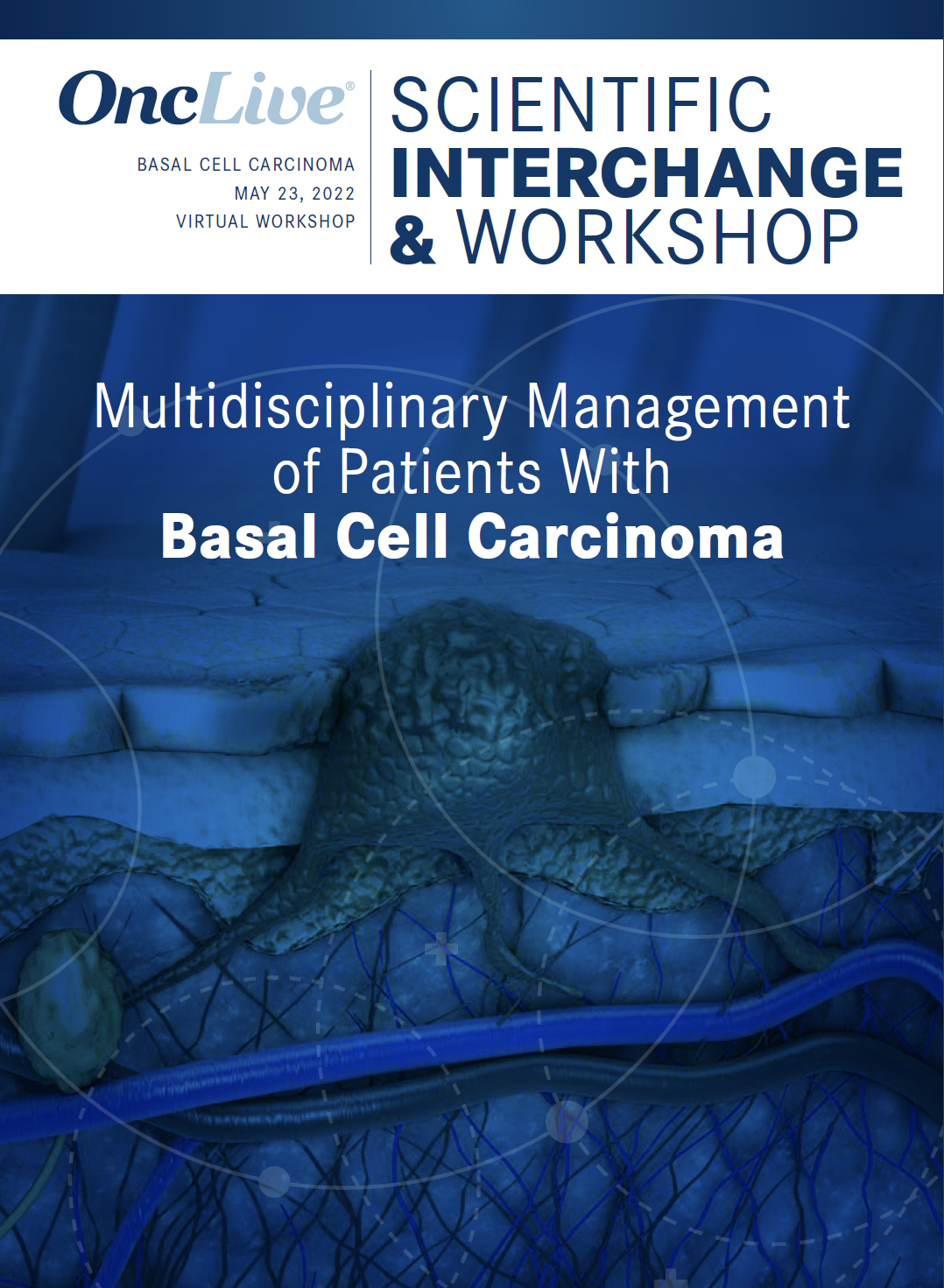Article
DetermaIO Assay Helps Inform Benefit With Single-Agent Immunotherapy in Advanced NSCLC
Author(s):
The score of the 27-gene Determa immune-oncology assay demonstrated a correlation with overall survival and progression-free survival in patients with advanced non–small cell lung cancer treated with single-agent immunotherapy, regardless of performance status.

The score of the 27-gene Determa immune-oncology (IO) assay demonstrated a correlation with overall survival (OS) and progression-free survival (PFS) in patients with advanced non–small cell lung cancer (NSCLC) treated with single-agent immunotherapy, regardless of performance status (PS), according to data from 2 Canadian cohort studies presented at the 2022 SITC Annual Meeting.1,2
PD-L1 expression determined by immunohistochemistry (IHC) staining is the gold standard predictive biomarker for response to immune checkpoint inhibitor (ICI) therapy in NSCLC but has several limitations when used in isolation.
At BC Cancer, only patients with a 50% or greater PD-L1 expression are eligible for frontline immune monotherapy, representing an ideal population in which to study potential new biomarkers.
DetermaIO is a CLIA-validated 27-gene IO assay developed to evaluate inflammatory effector cell and surrounding cancer-associated fibroblasts phenotypes in the tumor immune microenvironment.
To date, the assay has been shown to be predictive of ICI response in NSCLC, triple-negative breast cancer, bladder cancer, and colorectal cancer trials.
To be eligible for inclusion in the analysis, patients had to have a known PD-L1 tumor proportion score (TPS) via IHC, received at least 2 doses of ICI monotherapy, and have a PS between 0 and 2 at the start of treatment. Tissue requirements were such that patients had to have sufficient FFPE tissue to yield at least 50 ng RNA, at least 20% tumor content, and wild-type EGFR/ALK.
In total, 147 cases were identified. Seventy-eight patients had been treated with ICI monotherapy in the first-line setting and had a PD-L1 TPS of 50% or greater via IHC, and the remaining 69 patients had received treatment with ICI monotherapy in the second or later line of treatment.
In the entire cohort, the median OS was 12.7 months (95% CI, 10.2-16.6), and the median PFS was 7.0 months (95% CI, 5.3-10.6). Best responses comprised complete responses (CRs; n = 2), partial responses (PRs; n = 45), stable disease (SD; n = 41), and progressive disease (PD; n = 59).
In the first-line cohort, the median OS and PFS was 15.1 months (95% CI, 11.3-25.9) and 12.6 months (95% CI, 7.2-16.6), respectively. Best responses comprised CRs (n = 2; 2.6%), PRs (n = 33; 42.3%), SD (n = 20; 25.6%), and PD (n = 23; 29.5%).
In the second-line cohort, the median OS and PFS was 9.7 months (95% CI, 6.9-14.1) and 4.4 months (95% CI, 3.2-7.1), respectively. Best responses comprised PRs (n = 12; 17.4%), SD (n = 21; 30.4%), and PD (n = 36; 52.2%).
“This study supports DetermaIO as a tumor immune microenvironment classifier that provides incremental information to inform selection of single-agent immune therapy vs combination therapy in first-line treatment of late-stage NSCLC,” the study authors wrote.
In another poster presented at the meeting, investigators showed that ICI monotherapy may be an attractive option for patients with advanced NSCLC and poor performance status, something that had yet to be demonstrated in clinical trials.2 Moreover, this population may represent between 30% and 40% of all NSCLC cases.
“The aim of this study was to explore the possibility that the IO score may identify responders in PS 2 patients whose overall poor outcome might otherwise obscure detecting a significant clinical benefit,” the authors wrote.
The same criteria for selection in this analysis applied as in the first with the exception that patients had to have a PS of 2 at the start of treatment. A total of 46 patients were stratified into 2 cohorts: patients with a PD-L1 TPS of at least 50% via IHC who had been treated with ICI monotherapy in the first-line setting (cohort 1; n = 26) and those with a PD-L1 TPS between 0% and 49% via IHC who received treatment with ICI monotherapy in the second or later line setting (cohort 2; n = 20).
A second, independent cohort of patients with PS 2 treated with ICI monotherapy at the West Cancer Center (cohort 3; n = 13) was included for comparison.
The results showed a strong association between DetermaIO score and OS and PFS in cohort 1 (OS: HR, 0.26; 95% CI, 0.091-0.74; P = .012; PFS: HR, 0.27; 95% CI, 0.10-0.72; P = .0095). In cohorts 2 and 3, a correlation between DetermaIO score and survival was also seen (cohort 2, OS: HR, 0.51; 95% CI, 0.20-1.32; P = .17; cohort 3, PFS: HR, 0.14; 95% CI, 0.027-0.76; P = .023).
“DetermaIO may identify a subset of patients who benefit from ICI therapy regardless of performance status, thereby addressing an unmet clinical need for actionable ICI biomarkers in poor performance status patients,” the authors concluded. “These data demonstrate that DetermaIO warrants further study in this population, which is currently under-represented in clinical studies.”
References
- Saltman DL, Croteau NS, Lockyer HM, et al. Use of a 27-gene immune-oncology (IO) assay to associate response to single-agent immune checkpoint inhibitor (ICI) therapy in advanced-stage NSCLC patients from a Canadian cohort. Presented at: 2022 SITC Annual Meeting; November 8-12, 2022; Boston, MA. Abstract 59
- Saltman DL, Seitz RS, Nielsen T, et al.DetermaIO (IO score) is associated with efficacy of ICI monotherapy in advanced NSCLC patients with ECOG performance status 2. Presented at: 2022 SITC Annual Meeting; November 8-12, 2022; Boston, MA. Abstract 101













